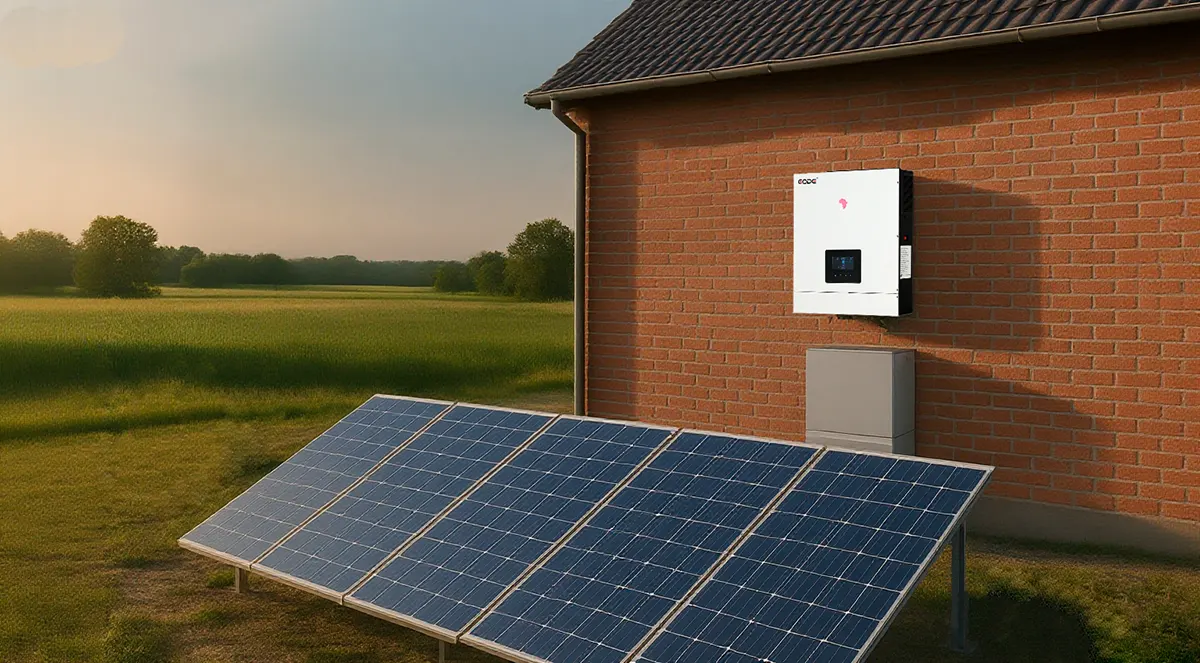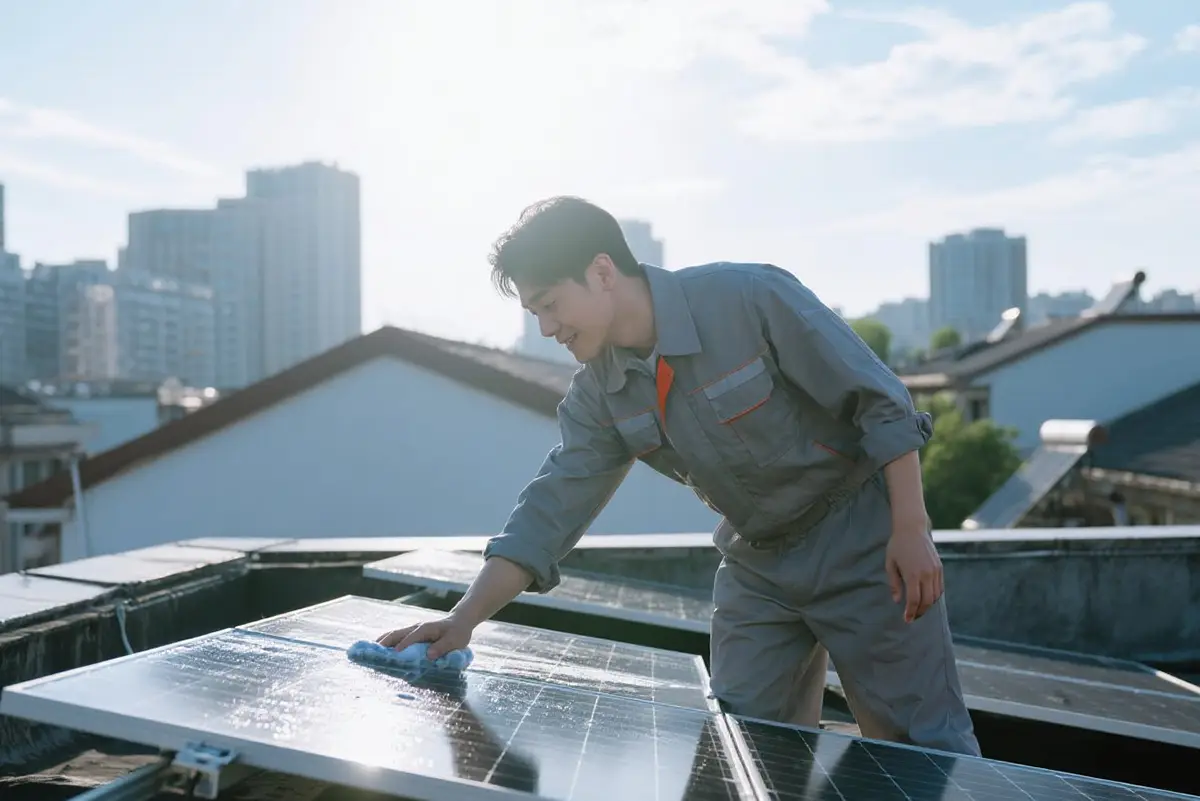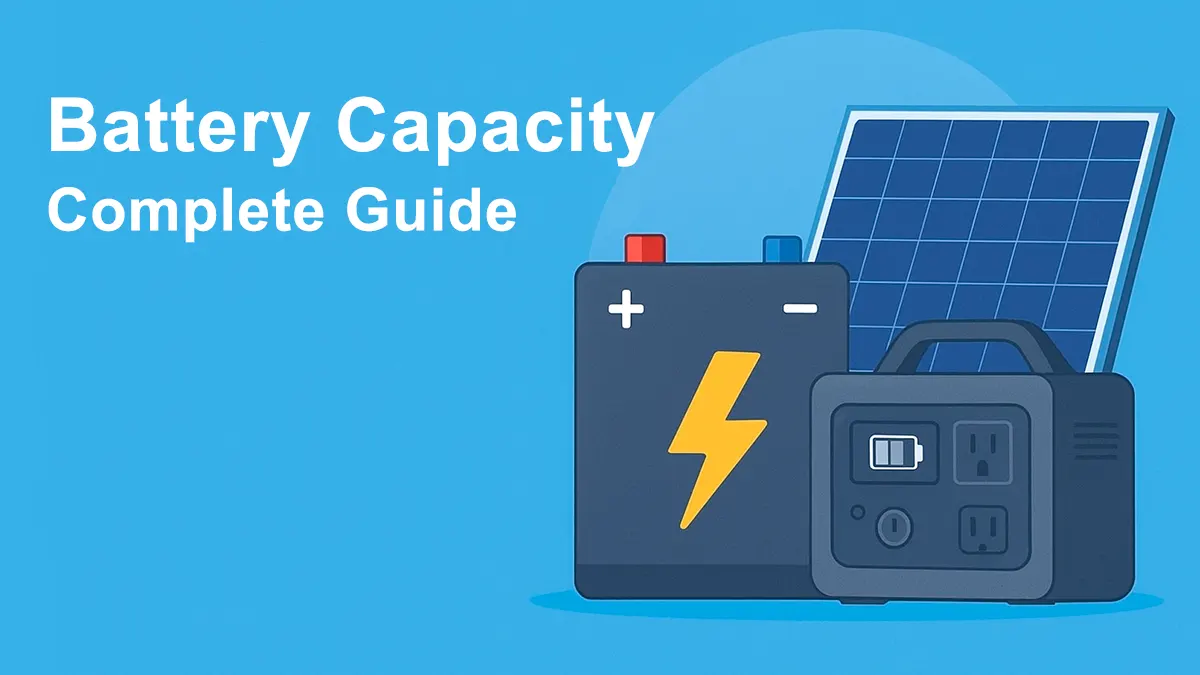September 3, 2025
Was ist ein LiFePO4-Akku?
As the world accelerates its transition to green energy, the new energy industry and electrification are developing rapidly, with battery technology becoming the core driving force of this transformation.
Lithium Iron Phosphate (LiFePO4) batteries are gradually becoming mainstream in the market due to their high safety, long lifespan, environmental friendliness, and high efficiency. Whether in electric vehicles, commercial and industrial energy storage, home backup power, or power tools, LiFePO₄ batteries demonstrate strong application potential. This article provides a comprehensive introduction to the definition, advantages, disadvantages, and applications of LiFePO4 batteries across various fields.

What is a LiFePO4 Battery?
A LiFePO4 battery is a type of lithium-ion battery that uses lithium iron phosphate as the cathode material. Its nominal voltage is 3.2V per cell, with a charge cut-off voltage of 3.6V–3.65V.
Thanks to advantages such as high operating voltage, high energy density, long cycle life, high safety performance, low self-discharge rate, and no memory effect, LiFePO4 batteries are gradually replacing lead-acid and traditional lithium-ion batteries. They are widely used in energy storage, automotive power, and starting power sources, among other fields.
GODE energy storage cabinets and solar batteries are equipped with LiFePO4 batteries, providing integrated power solutions for commercial, industrial, residential, and off-grid applications.
Advantages of LiFePO4 Batteries
High Safety
The crystal structure of the lithium iron phosphate cathode material is stable and not easily decomposed. Even under extreme conditions such as high temperature, overcharging, or short circuits, it rarely combusts or explodes, making it significantly safer than traditional lithium-ion and lead-acid batteries.
Long Lifespan
LiFePO4 batteries offer a cycle life of 3,000–6,000 cycles, far exceeding that of lead-acid and other lithium-ion batteries. GODE’s solar batteries can achieve over 6,000 cycles, providing reliable service for more than 10 years under normal usage.
In comparison:
- Lead-acid batteries: only a few hundred cycles
- NMC (lithium nickel manganese cobalt oxide) batteries: about 1,000–2,000 cycles, with a lifespan of 4–6 years
- Lithium manganese oxide (LMO) batteries: about 800 cycles, suitable for applications with lower lifespan requirements
Wide Operating Temperature Range
LiFePO4 batteries operate effectively within a temperature range of -20°C to 75°C, functioning reliably even in harsh environments. The optimal charging temperature is recommended to be between 20°C and 30°C. It is advisable to avoid extreme temperature conditions during use.
Traditional lithium-ion batteries have a narrower temperature range, typically between 0°C and 45°C. Operating outside this range can lead to significant performance degradation and potential permanent damage.
Low Self-Discharge
LiFePO4 batteries have a low self-discharge rate, meaning they lose very little charge even when stored for extended periods. This makes them an ideal choice for backup power applications, where they are needed only during power outages or occasional use. They can be stored without significant energy loss.
Excellent Environmental Performance
Cobalt mining is often associated with severe environmental damage and human rights issues, including unsafe working conditions and child labor in certain regions. By eliminating cobalt, LiFePO4 batteries avoid these problems, making them a more socially responsible choice.
Superior Charge and Discharge Performance
LiFePO₄ batteries excel in high-current charge and discharge performance, supporting high-rate operations while maintaining stability. Some products can achieve fast charging in approximately 30
–40 minutes, meeting the needs of electric vehicles, energy storage systems, and other applications requiring rapid replenishment of energy. Additionally, their low internal resistance and good thermal stability ensure high efficiency and safety even under high-power output.
Disadvantages of LiFePO4 Batteries
Higher Cost
Cost has historically been a major disadvantage of LiFePO4 batteries compared to other lithium-ion batteries. However, due to their long cycle life and low maintenance costs, the total cost of ownership over the battery’s lifespan is often lower.
Poor Low-Temperature Performance
In low-temperature environments, the charge and discharge efficiency of LiFePO4 batteries decreases, capacity diminishes, and internal resistance increases, leading to reduced range and slower charging speeds.
Although heating management systems can mitigate these issues, their performance in extremely cold regions still lags behind that of NMC batteries.
Lower Energy Density
Compared to NMC batteries, LiFePO4 batteries have a lower energy density, meaning they can store less energy for the same volume or weight.
Applications of LiFePO4 Batteries
LiFePO4 batteries are increasingly popular due to their high safety, long cycle life, and environmentally friendly chemistry. These advantages make them the preferred choice across various industries, including electric vehicles, renewable energy storage, power tools, and telecommunications.
Electric Vehicles
Due to their safety and long lifespan, LiFePO4 batteries are widely used in electric vehicles, buses, e-bikes, and scooters. Although their energy density is lower than that of NMC batteries, their reliability and cost advantages make them ideal for urban electric vehicles and commercial fleets.
Energy Storage Systems
With their ultra-long cycle life and low capacity degradation, LiFePO4 batteries excel in home energy storage, commercial and industrial energy storage, and grid-scale applications:
- Businesses: Large energy storage cabinets can reduce electricity costs and improve energy utilization.
- Households: Small energy storage systems and battery packs can be paired with solar power to provide stable, eco-friendly backup power and off-grid living.
Power Tools and Equipment
LiFePO4 batteries are also suitable for cordless power tools, gardening equipment, and portable power stations. Their high discharge rates and fast charging capabilities ensure consistent performance in demanding tasks. Compared to traditional lead-acid or other lithium-ion batteries, LiFePO4 batteries are lighter, more efficient, and safer, making them crucial for tools requiring mobility and reliability.
Telecommunications and Power Sector
In telecommunications and power infrastructure, LiFePO4 batteries are widely used as backup power sources. Their high safety and long cycle life ensure the stable operation of telecom base stations, data centers, and UPS (uninterruptible power supply) systems. They can endure long standby times and provide instant power when needed, making them a more reliable alternative to lead-acid batteries in mission-critical applications.
Schlussfolgerung
LiFePO4 batteries, with advantages such as safety, long lifespan, environmental friendliness, and support for high-current charge and discharge, are widely used in electric vehicles, commercial and industrial energy storage, home energy management, power tools, and telecommunications. Although they have limitations in low-temperature performance and energy density, their lower life cycle costs and higher reliability make LiFePO4 batteries a key enabler of green energy and sustainable development.
GODE’s various energy storage batteries and portable power stations use LiFePO4 batteries. They are not only safe, reliable, long-lasting, and low-maintenance but also environmentally friendly and efficient, making them ideal energy storage solutions for homes, businesses, and outdoor use. Shop now to make your energy usage safer, smarter, and more sustainable.
LiFePO4 Battery FAQs
Aktie



